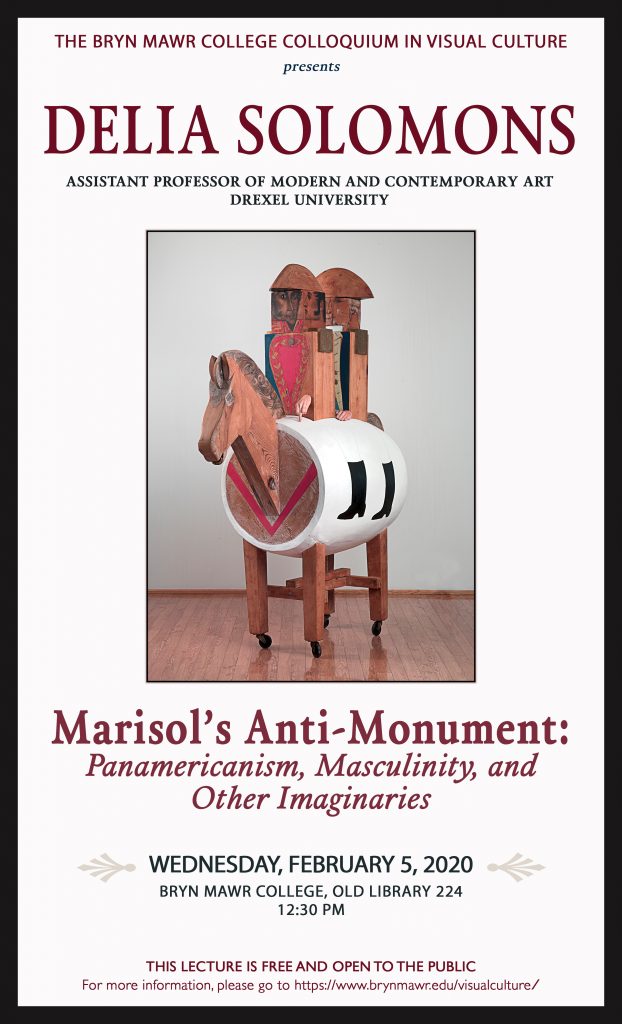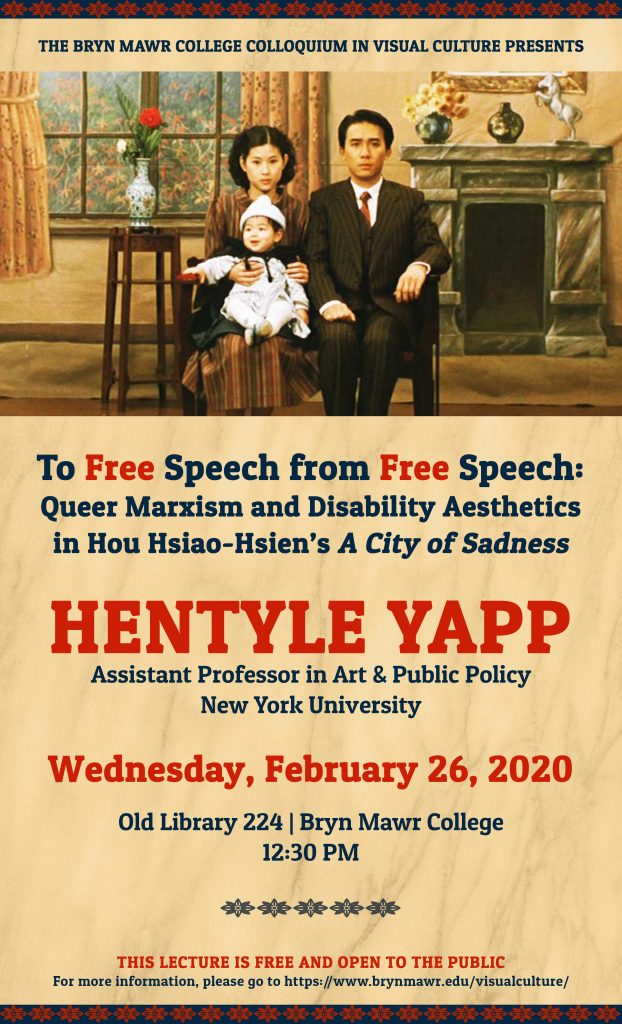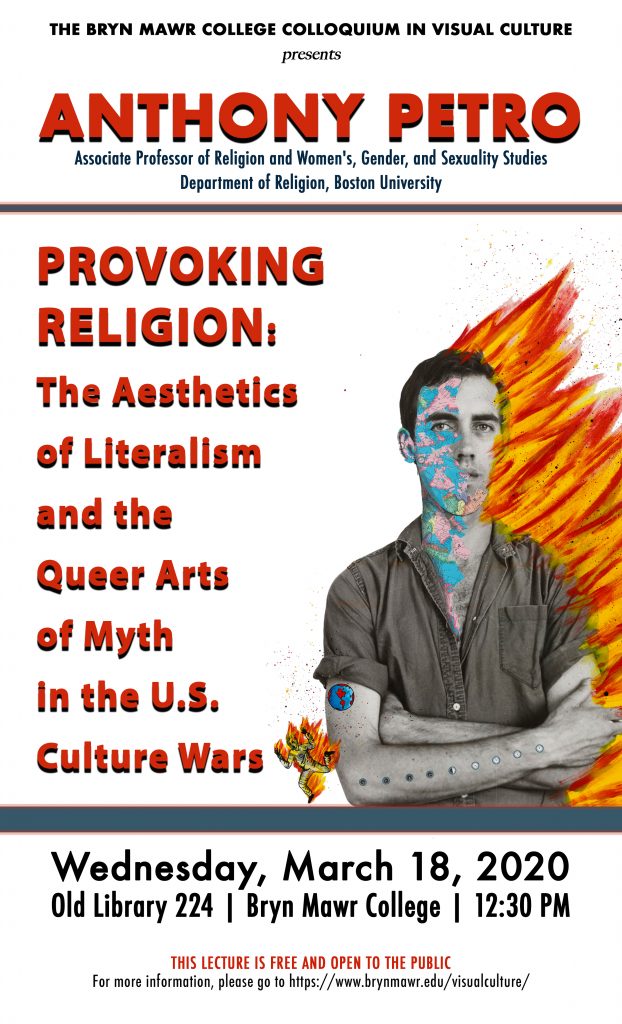Professor, Chair, Director of Graduate Studies
Eugenia Chase Guild Chair in the Humanities
Department of History of Art, Bryn Mawr College
“Sarah Winchester and the Origins of Silicon Valley”
This talk is about Sarah Winchester (1840-1922), the heiress to the Winchester Repeating Arms company, who moved from Connecticut to San Jose, CA after the death of her husband. She spent the remainder of her life building a colossal Victorian mystery mansion. Winchester was painted by the press as an eccentric who built her mausoleum-like house out of guilt, melancholy, and superstition, in an attempt to assuage the spirits of Native Americans slaughtered by her family’s guns. In this talk, I claim that she was also a savvy business woman whose vast construction projects were more about Gilded Age displays of wealth: a continuation of settler colonialism, not symbolic reparation thereof. Her many property holdings throughout the Bay Area anticipate the contemporary built environment in that region, and were filled with technically innovative design features of her own creation. How do our stories about Silicon Valley change if we situate her, a 19th-century woman, at the origins of tech innovation culture? The talk includes a reading of Jeremy Blake’s Winchester Trilogy (2002-04).




